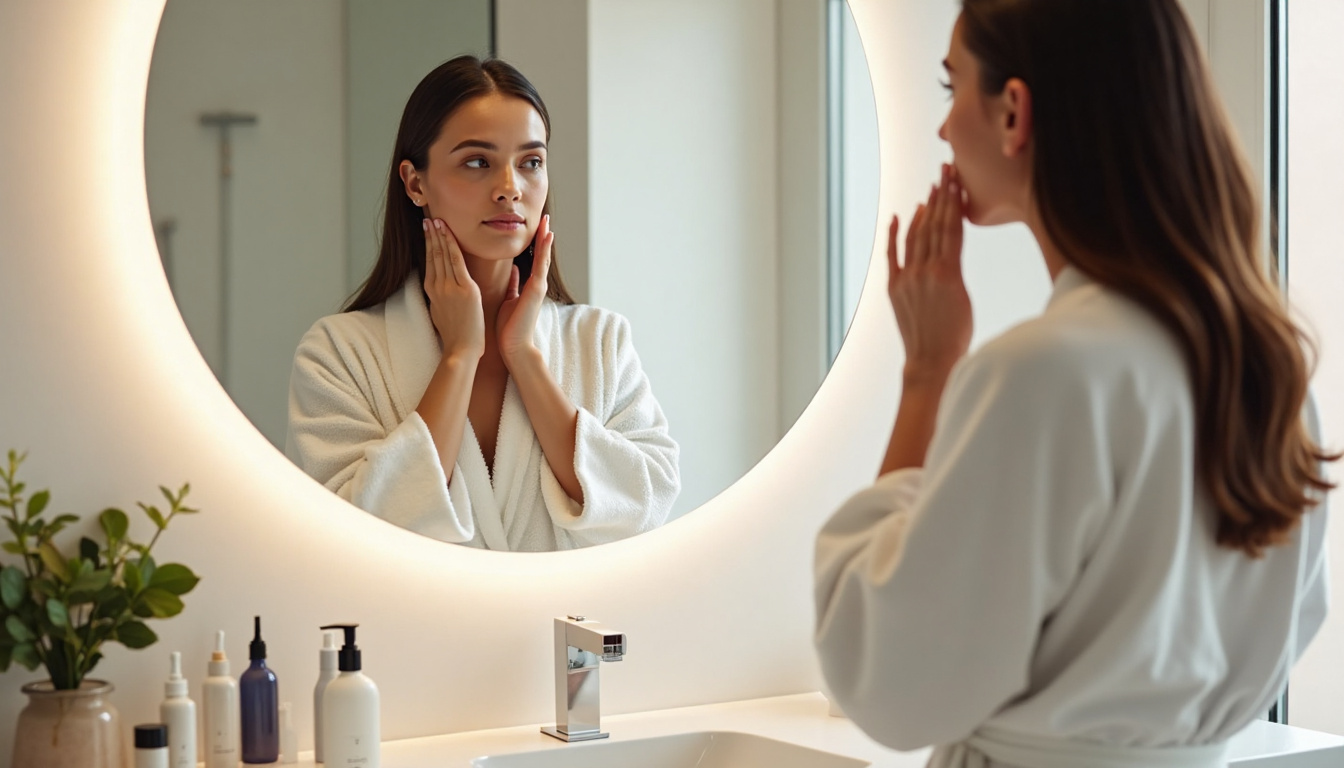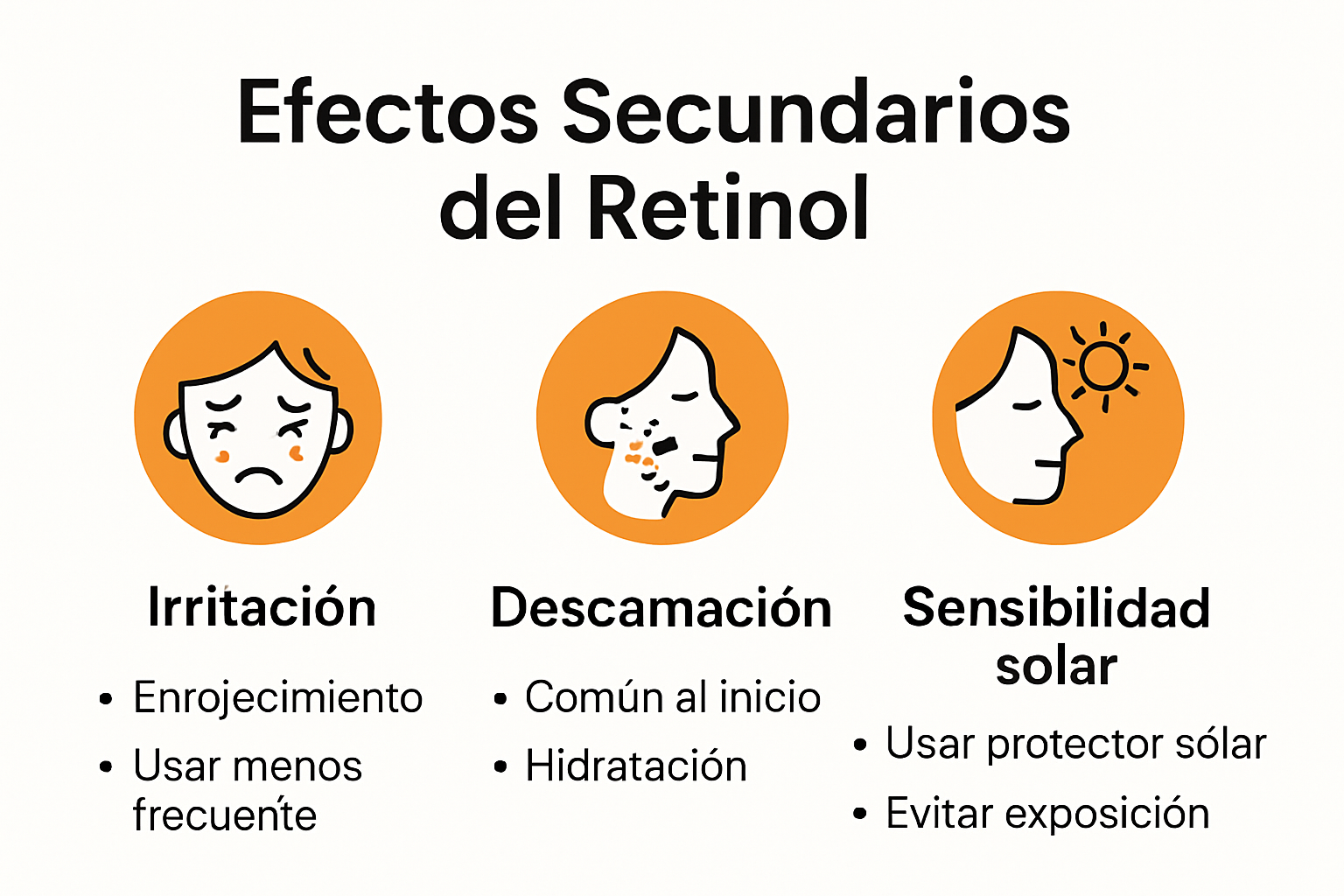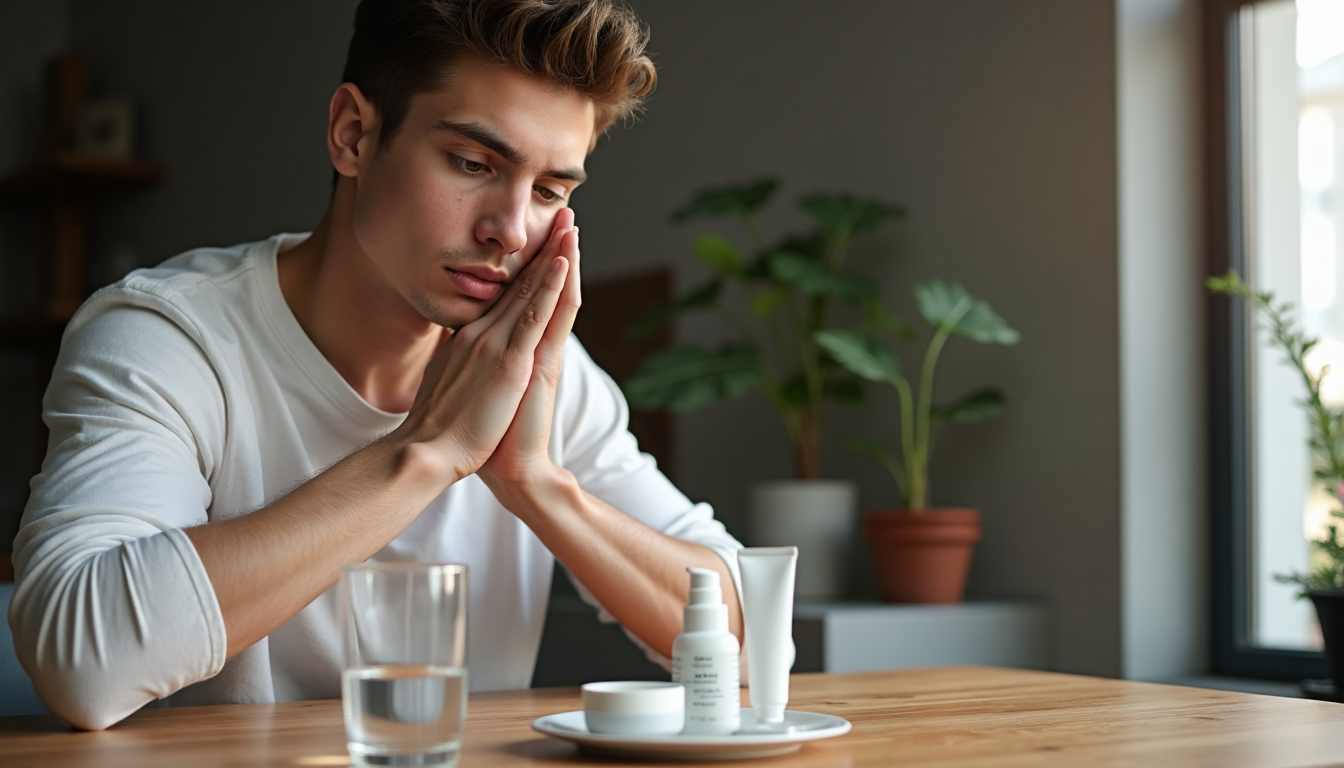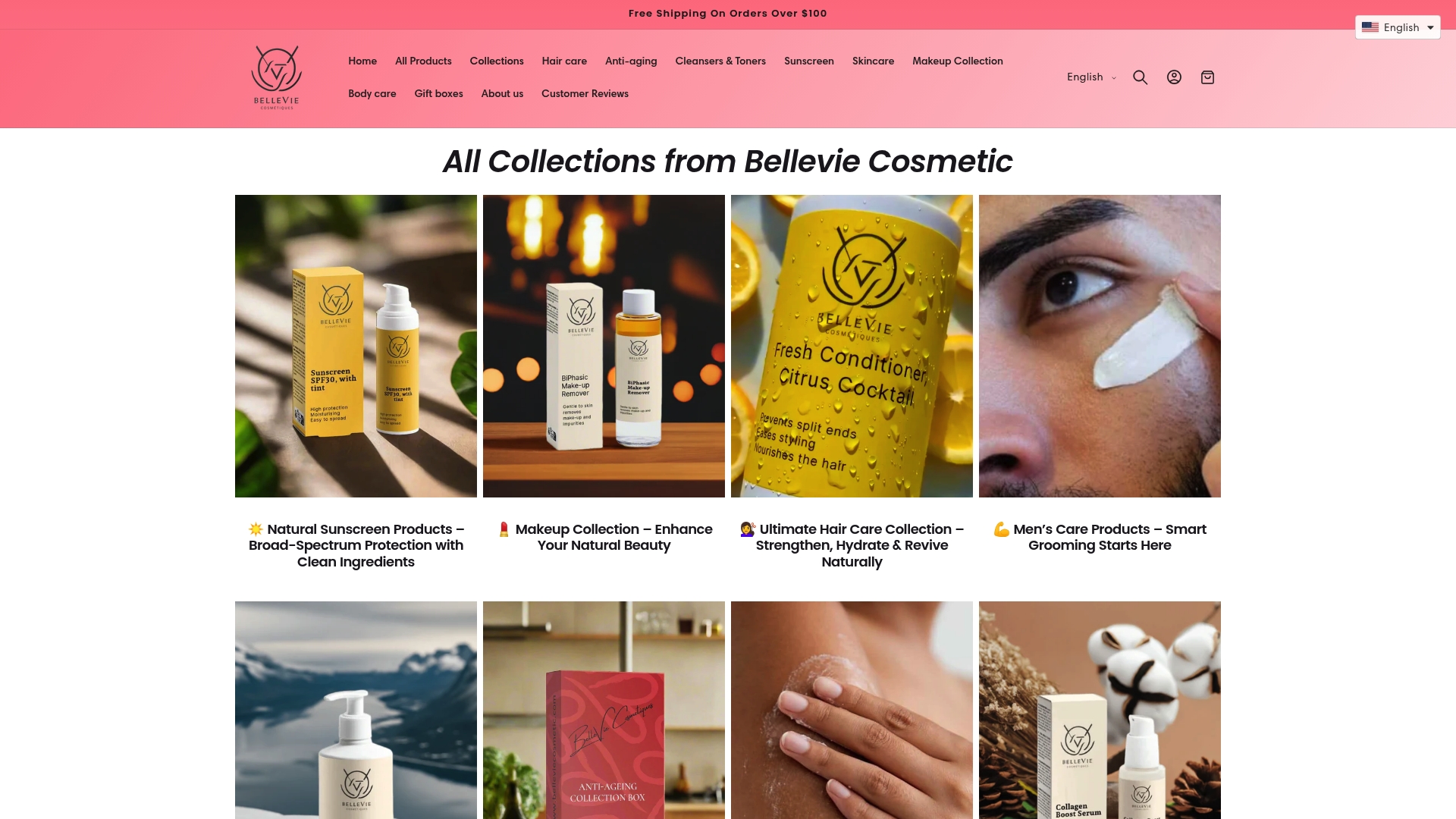
El retinol es uno de los ingredientes más buscados para el cuidado de la piel, famoso por sus resultados visibles en menos de tres meses y su capacidad para estimular la formación de colágeno y renovar la piel. Aunque muchos lo eligen con la ilusión de una piel perfecta y rejuvenecida, la sorpresa es que hasta el 70% de las personas reportan irritación, descamación o sensibilidad al sol mientras se adaptan al retinol. Lo inesperado es que existen estrategias y alternativas suaves que te permiten aprovechar todos los beneficios anti-edad del retinol, sin necesidad de sufrir los efectos secundarios más temidos.
Tabla de contenidos
- ¿Qué es el retinol y cómo actúa en la piel?
- Principales Efectos Secundarios Del Retinol En 2025
- Cómo Reducir La Irritación Y Proteger La Piel Sensible
- Alternativas Suaves Y Consejos Para Una Rutina Anti-Edad Segura
Resumen Rápido
| Conclusión | Explicación |
|---|---|
| Gradual introduction of retinol | Starting with low concentrations and increasing frequency over time helps minimize irritation. Applying 2-3 times per week is recommended. |
| Use of sunscreen | Retinol-treated skin is more sensitive to the sun; it is crucial to apply a high SPF sunscreen and avoid direct sun exposure. |
| Identification of side effects | Knowing effects like irritation, dryness, and pigmentation changes allows better management of retinol use and consulting a dermatologist if necessary. |
| Gentle alternatives to retinol | Consider natural ingredients like bakuchiol or scientifically backed actives such as niacinamide and hyaluronic acid, which offer anti-aging benefits without the associated irritation. |
What is retinol and how does it act on the skin?
Retinol is a potent form of vitamin A that has revolutionized modern skincare, offering comprehensive solutions for multiple skin issues. This extraordinary compound acts as a true ally in skin transformation and renewal, deeply interacting with cellular structures to generate significant changes.
Chemical definition and natural origin
Retinol is a retinoid derived from vitamin A, an organic compound naturally found in foods such as liver, eggs, and dairy products. According to research from Oregon State University, when applied topically, retinol converts into retinoic acid within the skin, a crucial process for its effectiveness.
Its mechanism of action is fascinating: it binds to specific nuclear receptors (RAR and RXR) that directly regulate gene expression in skin cells. This molecular interaction triggers a series of processes that improve skin health and appearance.
Mechanism of action in the skin
When retinol penetrates the skin, it triggers a cascade of beneficial effects. Studies published on PubMed show that it stimulates the production of type I and III collagen in the dermis, which means a significant improvement in skin elasticity and firmness.
Its main actions include:
- Cell renewal: Accelerates the turnover of skin cells, removing dead cells and promoting the appearance of younger, healthier cells.
- Regulation of sebum production: Helps control oil production, being especially beneficial for acne-prone skin.
- Collagen stimulation: Increases the production of structural proteins that keep the skin firm and smooth.
Dermatological benefits
Research from the National Center for Biotechnology Information reveals that topical retinoids normalize abnormal peeling, especially in acne. By increasing follicular epithelium renewal, it accelerates the removal of corneocytes, resulting in the expulsion of mature comedones and preventing the formation of new ones.
It is important to understand that retinol is not an instant treatment but an ingredient that requires constant use and an appropriate strategy to achieve optimal results. Patience and correct application are fundamental to harnessing its full transformative potential.
Each person has a unique response to retinol, so it is recommended to start with low concentrations and gradually increase, always under dermatological supervision to minimize possible side effects.
Main side effects of retinol in 2025
Retinol, despite its numerous benefits for the skin, can cause side effects that are essential to know and manage properly. Understanding these potential risks allows for safer and more strategic use of this powerful cosmetic ingredient.

Immediate skin reactions
According to research published in the archives of the National Center for Biotechnology Information, the most frequent side effects of retinol are known as “retinoid reaction,” which includes a series of skin manifestations that can be bothersome to the user.
The most common symptoms are:
- Irritation: Redness and burning sensation in the application area.
- Peeling: Shedding of small scales on the skin surface.
- Dryness: Feeling of roughness and tightness of the skin.
- Itching: Mild itching that may appear during the first weeks of use.
Increased sun sensitivity
Medical News Today highlights that one of the most significant side effects of retinol is increased photosensitivity. Skin treated with retinol becomes more vulnerable to ultraviolet rays, increasing the risk of sunburn and sun damage.
To minimize this risk, specialists recommend:
- Apply sunscreen with a high protection factor (SPF 50 or higher).
- Avoid direct sun exposure during peak intensity hours.
- Wear protective clothing and wide-brimmed hats.
- Apply retinol preferably at night.
Pigmentary alterations and other effects
Dermatological research has documented rare but significant cases of changes in skin pigmentation, especially in people with darker skin tones. These changes may manifest as:
- Hyperpigmentation (darker spots).
- Hypopigmentation (lighter areas).
- Areas of uneven skin tone.
Additional less common but potentially more serious side effects include:
- Contact dermatitis
- Allergic reactions
- Worsening of preexisting conditions such as rosacea
It is essential to remember that every skin is unique. The introduction of retinol should be gradual, starting with low concentrations and progressively increasing. Consulting a dermatologist before starting any treatment is always the best strategy to ensure safety and optimal results.
People with sensitive skin, preexisting dermatological conditions, or pregnant women should exercise special caution and consult a professional before using products with retinol.
Below is a table organizing the main side effects of retinol and their recommendations, to help readers identify and manage these effects effectively.
| Side Effect | Manifestations | Recommendations |
|---|---|---|
| Irritation | Redness, burning sensation | Apply less frequently, use moisturizer |
| Peeling | Escamas visibles en la superficie | Hidratación + productos calmantes |
| Sequedad | Aspereza, tirantez | Usar hidratantes no comedogénicos |
| Itching | Comezón leve | Evitar rascarse, aplicar cremas suaves |
| Sensibilidad al sol | Quemaduras, enrojecimiento por exposición | Usar protector solar SPF 50+, ropa protectora |
| Alteraciones pigmentarias | Manchas oscuras o áreas más claras | Consultar al dermatólogo, ajustar la frecuencia |
| Dermatitis de contacto/alergia | Eccema, brotes, inflamación | Suspender el uso y buscar atención médica |
Cómo reducir la irritación y proteger la piel sensible
La introducción del retinol en una rutina de cuidado de la piel requiere una estrategia delicada y personalizada, especialmente para quienes tienen piel sensible. Comprender y aplicar técnicas específicas puede transformar una experiencia potencialmente irritante en un proceso efectivo y cómodo de renovación cutánea.
Introducción gradual y estratégica
Según la American Academy of Dermatology, la clave para minimizar la irritación es una introducción progresiva del retinol. Los especialistas recomiendan comenzar con aplicaciones muy espaciadas, dos o tres veces por semana, permitiendo que la piel se adapte gradualmente al ingrediente.
La estrategia de implementación incluye:
- Prueba de tolerancia: Iniciar con concentraciones bajas (0.01% a 0.03%)
- Frecuencia inicial: Aplicar solo dos veces por semana
- Tiempo de exposición: Comenzar con periodos cortos (10-15 minutos)
- Monitoreo constante: Observar la reacción de la piel

Técnicas de protección y mitigación
Un estudio innovador publicado en Frontiers in Molecular Biosciences reveló estrategias avanzadas para reducir la irritación. El ácido mead, un metabolito del ácido oleico, ha demostrado suprimir la hiperproliferación de queratinocitos y la inflamación asociada con el retinol.
Métodos de protección cutánea incluyen:
- Utilizar hidratantes con ingredientes calmantes
- Aplicar capas de protección lipídica antes del retinol
- Evitar combinar con otros ingredientes irritantes
- Keep the skin well hydrated
Formulaciones y cuidados complementarios
Investigaciones recientes publicadas en PubMed destacan la importancia de las formulaciones lipídicas. Un estudio de 2024 demostró que la incorporación de lípidos fisiológicos como ceramida 3 y colesterol reduce significativamente el eritema e inflamación inducidos por el retinol.
Recomendaciones adicionales:
- Usar protector solar de amplio espectro diariamente
- Mantener la piel hidratada con productos no comedogénicos
- Suspender temporalmente el uso si aparece irritación intensa
- Consultar a un dermatólogo ante cualquier reacción adversa
La piel sensible requiere un enfoque personalizado. No existe una solución única para todos, por lo que la observación atenta, la paciencia y la adaptación continua son fundamentales. Cada persona responderá de manera diferente al retinol, y lo que funciona para uno puede no ser ideal para otro.
Si después de seguir estas recomendaciones la irritación persiste o empeora, es crucial suspender el uso y consultar a un profesional dermatológico que pueda ofrecer una orientación personalizada según las características específicas de tu piel.
A continuación se muestra una tabla que resume las estrategias clave para reducir la irritación al iniciar el uso de retinol, facilitando su implementación segura en la rutina diaria.
| Estrategia / Método | Descripción / Acción |
|---|---|
| Introducción gradual | Comenzar con baja concentración; aumentar poco a poco |
| Frecuencia inicial baja | Aplicar 2 veces por semana |
| Periodo de exposición corto | Limitar a 10-15 minutos inicialmente |
| Uso de hidratantes calmantes | Mantener la piel hidratada y protegida |
| Protección solar estricta | Usar SPF 50+ y evitar sol directo |
| No mezclar con irritantes | Evitar ácidos o exfoliantes fuertes junto a retinol |
| Monitoreo y ajuste personalizado | Observe the skin and consult a dermatologist if necessary |
Gentle alternatives and tips for a safe anti-aging routine
The quest for youthful skin does not necessarily mean exposing yourself to aggressive treatments. There are multiple gentle alternatives that can provide significant results without compromising skin health and sensitivity, offering effective and respectful solutions for anti-aging care.
Natural ingredients with anti-aging properties
According to research published on Wikipedia, bakuchiol emerges as a revolutionary alternative to retinol. This natural compound, derived from the Psoralea corylifolia plant, has shown properties comparable to retinol in improving photoaging, including reducing wrinkles and hyperpigmentation, but with significantly better skin tolerance.
Other natural alternatives include:
- Ginseng extract: Stimulates collagen production
- Rosehip oil: Rich in essential fatty acids
- Centella asiatica extract: Promotes cell regeneration
- Green tea: Potent antioxidant that protects against sun damage
Scientifically backed ingredients
Harvard Health research highlights several safe and effective ingredients for anti-aging care:
- Niacinamide (Vitamin B3): Improves skin barrier, reduces wrinkles, and enhances elasticity
- Hyaluronic acid: Deeply hydrates and fills fine lines
- Peptides: Stimulate collagen production
- Antioxidants: Protect against premature aging
Strategies for a safe routine
According to Doctor Hoogstra, developing a safe anti-aging routine requires a holistic approach that goes beyond topical ingredients:
- Consistent hydration: Keeping the skin well hydrated is essential
- Daily sun protection: Use SPF 50 sunscreen to prevent sun damage
- Alimentación equilibrada: Consumir alimentos ricos en antioxidantes
- Descanso adecuado: Dormir 7-8 horas ayuda a la regeneración celular
- Manejo del estrés: Practicar técnicas de relajación
Es crucial recordar que cada piel es única. Lo que funciona para una persona puede no ser ideal para otra. La clave está en la observación, la paciencia y la adaptación continua. Una rutina anti-edad efectiva no busca transformaciones dramáticas de la noche a la mañana, sino un cuidado constante y respetuoso.
Si tienes dudas sobre tu tipo de piel o la mejor estrategia anti-envejecimiento, siempre es recomendable consultar a un dermatólogo profesional que pueda ofrecer una orientación personalizada según tus necesidades específicas.
Preguntas Frecuentes
¿Cuáles son los efectos secundarios más comunes del retinol?
Los efectos secundarios más comunes incluyen irritación, descamación, sequedad y picazón en la piel. Hasta el 70% de las personas experimentan estas reacciones al iniciar el uso de retinol.
¿Cómo puedo reducir la irritación causada por el retinol?
Para minimizar la irritación, es recomendable introducir el retinol de manera gradual, comenzando con concentraciones bajas y aumentando la frecuencia de aplicación. También es importante utilizar hidratantes y protectores solares.
¿Debo usar protector solar si utilizo retinol?
Sí, el uso de protector solar es crucial. La piel tratada con retinol es más sensible al sol, por lo que se debe aplicar un protector solar de alto FPS y evitar la exposición al sol durante las horas pico.
¿Existen alternativas más suaves al retinol?
Sí, algunas alternativas naturales incluyen el bakuchiol, niacinamida y ácido hialurónico. Estos ingredientes ofrecen beneficios anti-envejecimiento con menor riesgo de irritación.
Descubre una rutina anti-edad sin irritación con BelleVie
¿Preocupado por los efectos secundarios del retinol como irritación, descamación o sensibilidad al sol? En BelleVie te entendemos. Si buscas soluciones anti-edad clínicas y seguras pero tu piel reacciona mal a los retinoides tradicionales, aquí encuentras tu alternativa. Nuestra colección está diseñada para quienes desean resultados visibles sin sacrificar la comodidad ni la salud de su piel.

Dale un giro a tu rutina: explora fórmulas con activos respaldados por la ciencia como bakuchiol, niacinamida y péptidos, ideales para reducir signos de envejecimiento sin reacciones molestas. Visita BelleVieCosmetic.com para ver nuestra línea completa de cuidado facial y descubre por qué miles eligen hidratantes, limpiadores y nuestro protector solar mineral al buscar una piel radiante y segura. ¿Quieres resultados profesionales en casa y con envío rápido? Es tu momento para comenzar una rutina confiable con ingredientes limpios y eficacia probada. Entra ahora a nuestra colección y siente la diferencia en tu piel.
